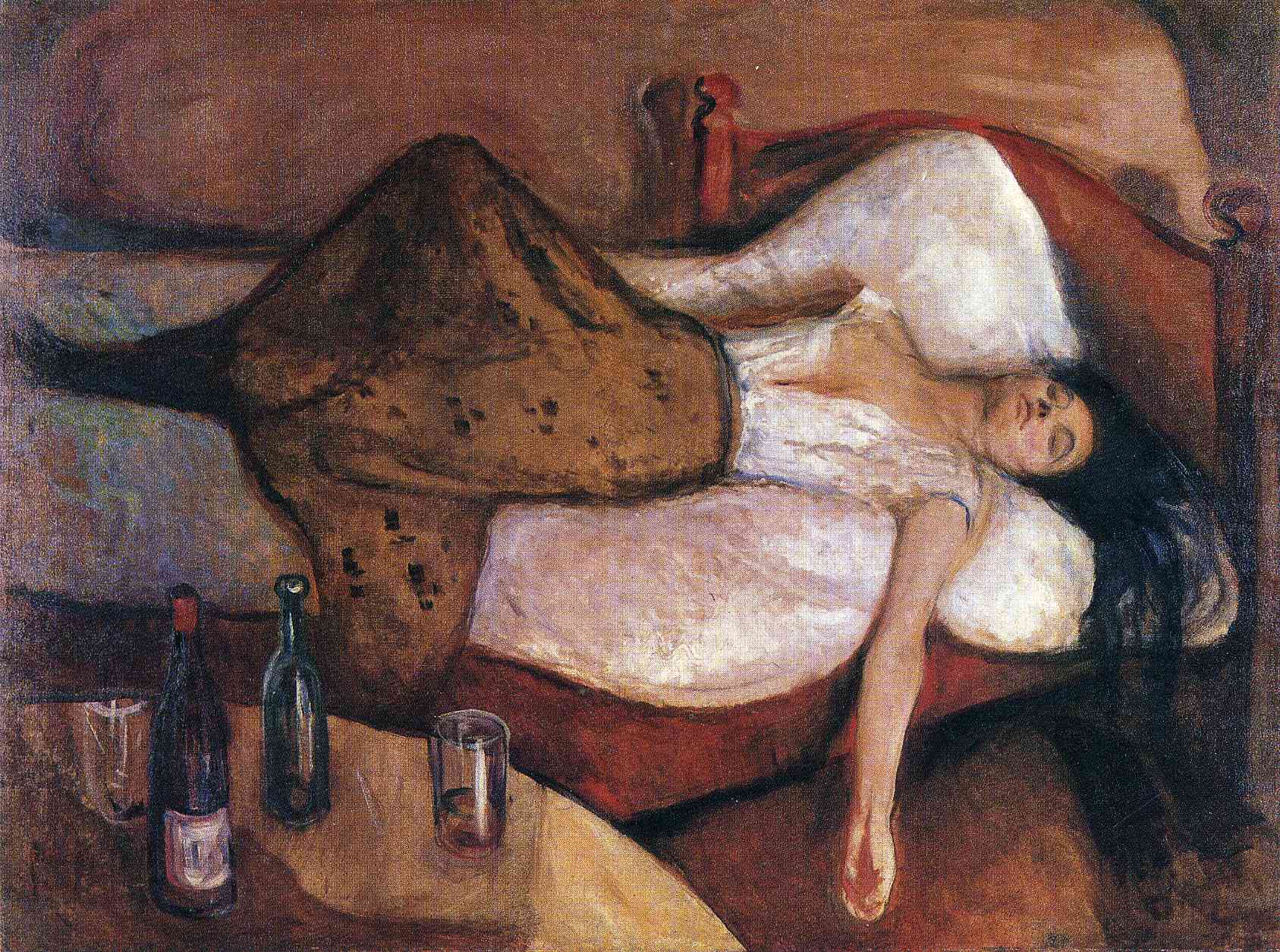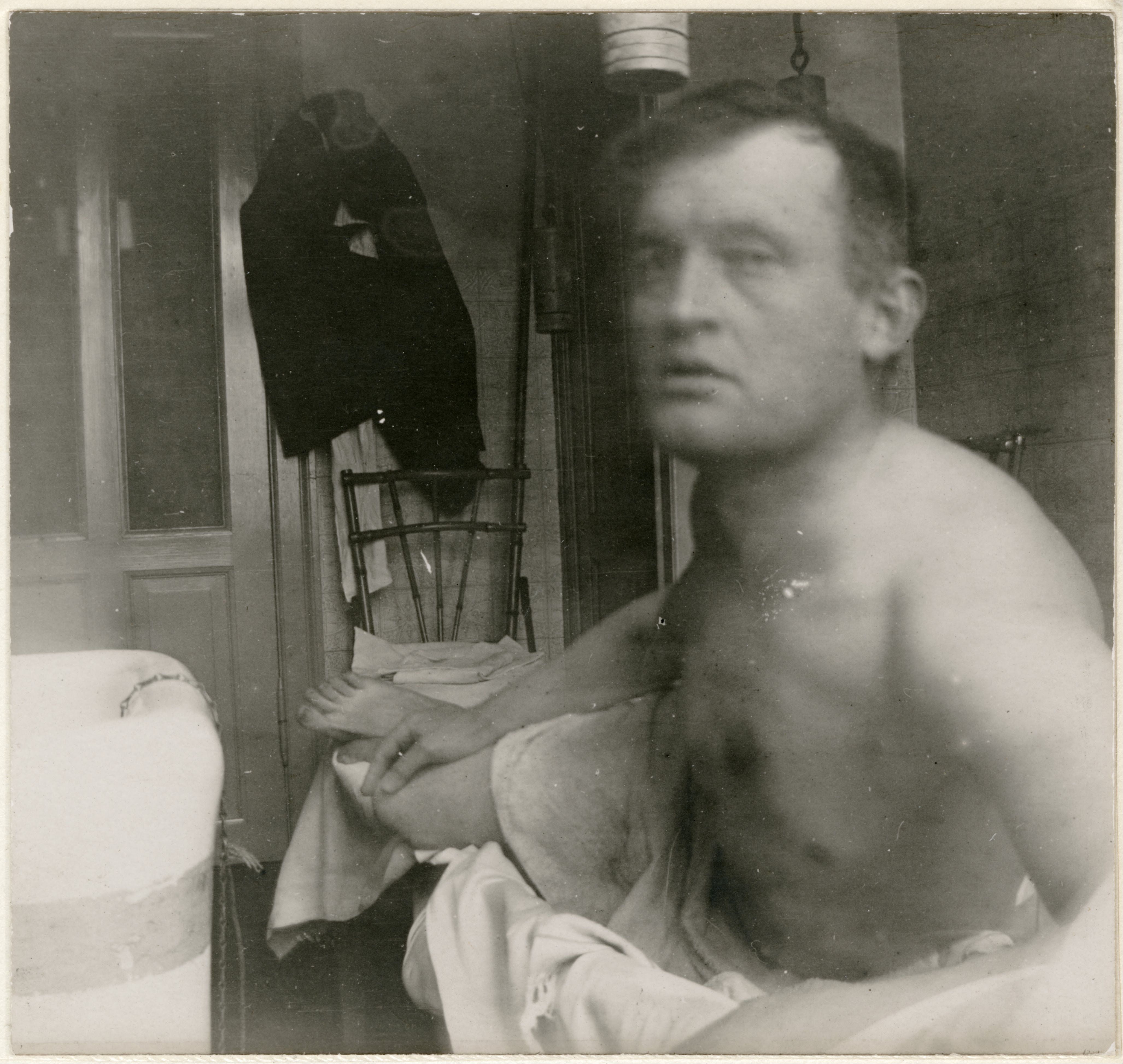Edvard Munch was the son of Christian Munch, a military doctor. He spent most of his childhood living in Kristiania, now better known as Oslo, the Norwegian capital. Edvard Munch's mother, his brother, and one of his sisters died of tuberculosis while he was still young, and Edvard was himself a sickly child. At the age of 17, he was tutored in the arts by Christian Krohg, a naturalist painter quite famous in Norway. Edvard's talent was evident in his early realist paintings, but the traumatic events that plagued Edvard's youth had an even deeper impact on his artistic vision, much more than any other artist or artistic movement could have had. In 1885, Munch received a grant to study for three weeks in Paris. He eschewed the naturalistic approach of Krogh, and now began to incorporate Expressionist tendencies in his work. Death, illness, and mental anguish were themes that would from then on continue to figure prominently in his paintings. Munch had spent considerable time discussing philosophical matters with the leader of Norway's Kristiania Bohemians, Hans Jaeger, and it was at that point that he had decided that the impressions of his soul – and not his eyes – were what he wanted to commit to canvas.




The Day After
oil on canvas • 115 x 152 cm
 Edvard Munch
Edvard Munch